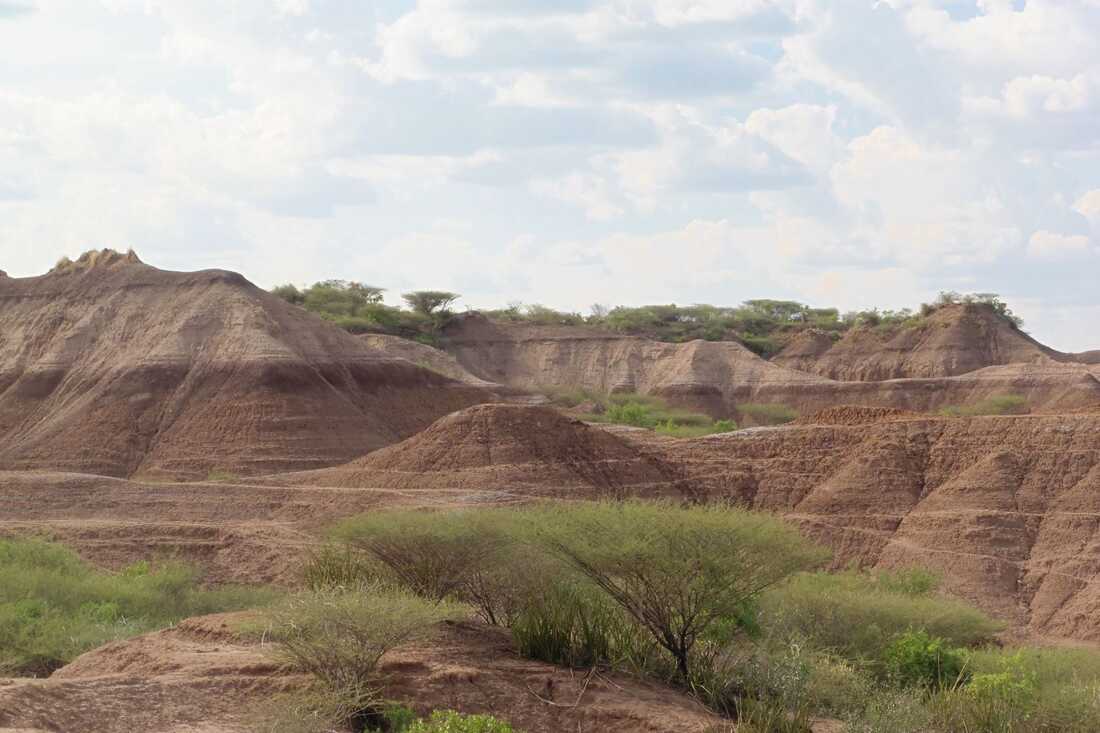begin quote from:
A prehistoric eruption has helped recalibrate our timeline of human origins in Africa
In the late 1960s, archaeologists discovered a set of familiar bones in Ethiopia: a skull bone, a lower jaw, and parts of a torso.
This collection is known as Omo 1, and at 200,000 years old are considered some of the oldest human remains ever unearthed. Now, a new study argues the bones are at least 33,000 years older than originally thought.
This time frame is essential to understanding how humans evolved in Africa, according to Tim White, a professor of integrative biology at the University of California, Berkeley.
"To construct that time frame, one needs to have accurate dating techniques," he said. "Unfortunately, we are just beyond the range of radiocarbon or C-14 dating. So you have to employ other techniques to determine the true age of these fossils."
One of those techniques involves determining the age of the environment where the bones were found — in the case of Omo 1, a layer of volcanic ash.
"There was a bit of controversy because the way Omo 1 was first dated was using an ash layer that was supposedly found just below," said Céline Vidal, a volcanologist at the University of Cambridge. "But it wasn't found where the fossils were actually found. It was found a bit further away."
Vidal said the ash layer above Omo 1 was fine like flour, which is hard for scientists to date.
But in a new analysis, Vidal and her colleagues found that the volcanic ash had the same chemical fingerprint as a massive volcanic eruption more than 233,000 years ago.
"That relies on the principle that every eruption has a unique chemical fingerprint, a unique chemical signature," she said. "So when it's possible to analyze a signature of an ash layer and if it correlates with the signature of an ash layer somewhere else and we know the age of one of the deposits, then we can guess indirectly the age of the deposits it's correlated with."
Since Omo 1 was under that ash, Vidal thinks the bones are at least 33,000 years older than previously thought.
The study, published in the journal Nature, is prompting a lot of questions about Homo sapiens at that time.
"At what point did these people expand from Africa? What is their technology? What was the environment that they occupied? What was Africa like in those days? All of that depends on a strong geological framework but especially on a chronological framework," White said. "And that is what this new work has provided for one of the more complete skeletons from this time period."
In other words, if these human remains are much older than we thought, the story of humanity might be, too.






No comments:
Post a Comment